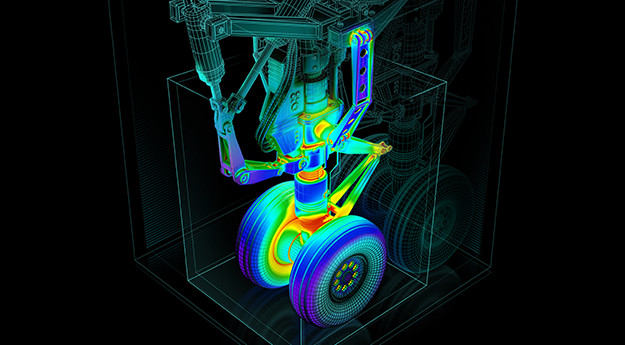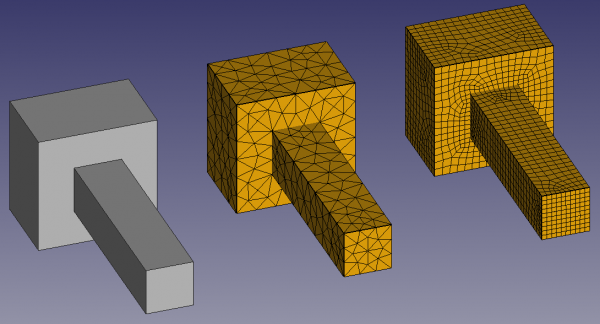Computer-aided engineering (CAE) is the broad usage of computer software to aid in engineering analysis processes, from design and virtual testing with advanced analytical algorithms to the planning of manufacturing. Computer-aided engineering is standard in almost any industry that uses some sort of design software to develop products.

In the context of CAE, the most commonly used simulation analysis types include Finite Element Analysis (FEA), Computational Fluid Dynamics (CFD), Multibody Dynamics (MBD), Thermal Analysis and Optimizations.
There are commonly modeled using complex systems of differential equations that are difficult to solve such as complex systems of stresses, strains, vibrations, heat transfer, fluid flow, electric fields, and magnetic fields and so on. Therefore, it is difficult to calculate the values of stress, frequency, temperature, flux, and etc. One approach for practitioners is to break down the complex geometric system under study into small regularly-shaped elements (e.g., cubes) each of which is easy to solve.

Each element interacts with its neighbors based on physic equations and these in turn are solved. This may have to be done many times until the whole system starts to narrow down (or converge) to a useful set of answers. This method is called finite element analysis (FEA). Engineers make use of CAE to carry out the large number of calculations necessary to solve problems because these are typically way beyond manual methods.
A typical CAE process comprises of preprocessing, solving, and postprocessing steps. In the preprocessing phase, engineers model the geometry (or a system representation) and the physical properties of the design, as well as the environment in the form of applied loads or constraints. Next, the model is solved using an appropriate mathematical formulation of the underlying physics. In the post-processing phase, the results are presented to the engineer for review.

Some benefits of CAE are:
- Product development cost and time are reduced with improvement of product quality and life.
- Computer simulation-based design will substitute for the physical prototype testing and provides cost and time savings.
- CAE can give insights about the performance of product prior to development phase when design changes will be less expensive.
- CAE provides information regarding the risk and reliability engineering of the product design.
- Combined CAE data and process management make it possible to effectively strengthen performance insights and improve designs to a broader application.
CAE areas covered include:
- Stress analysis on components and assemblies using FEA (Finite Element Analysis);
- Fluid flow analysis cusing computational fluid dynamics (CFD);
- Multibody dynamics (MBD) & Kinematics;
- Analysis tools for process simulation of operations such as casting, molding, and die press forming.
- Optimization of the product or process.
For more detail about CAE softwares:
Ansys, SolidWorks Simulation, QForm, SolidWorks Flow Simulation and SolidWorks Plastics.